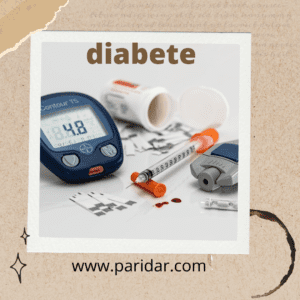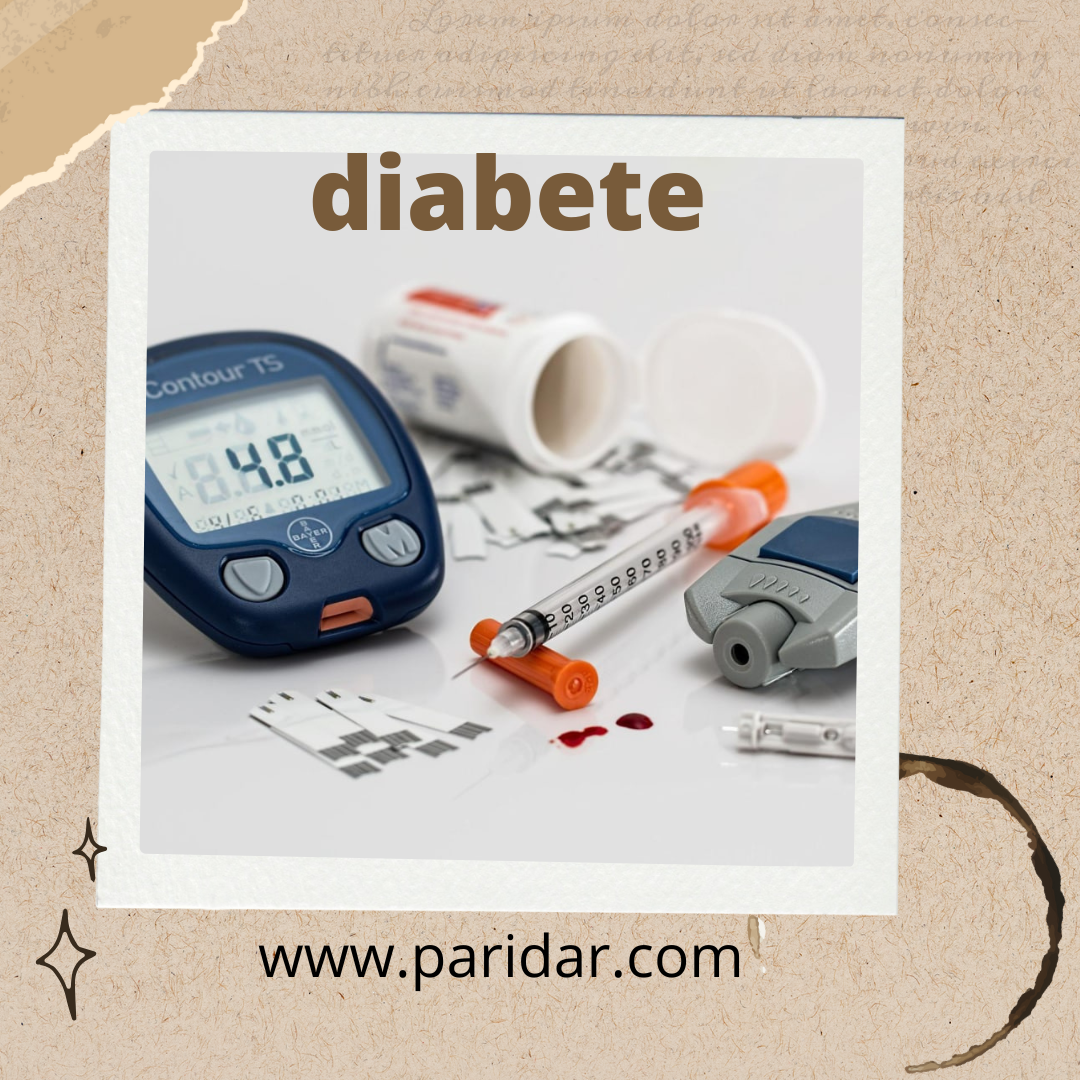In an emergency, blood cells and antibodies carried in the blood are brought to a point of infection, or blood-clotting substances are carried to a break in a blood vessel. The blood distributes hormones from the endocrine glands to the organs they influence. It also helps regulate body temperature by carrying excess heat from the interior of the body to the surface layers of the skin, where the heat is dissipated to the surrounding air.
Thank you for reading this post, don't forget to subscribe!Blood varies in color from a bright red in the arteries to a duller red in the veins. The total quantity of blood within an individual depends upon body weight; a person weighing 70 kg (154 lb) has about 4.5 liters of blood in the body.
Blood is composed of two parts: the fluid portion is called plasma, and the solid portion or formed elements (suspended in the fluid) consists of the blood cells (erythrocytes and leukocytes) and the platelets. Plasma accounts for about 55 per cent of the volume and the formed elements account for about 45 per cent. ( and table.)
Chemical analyses of various substances in the blood are invaluable aids in (1) the prevention of disease by alerting the patient and health care provider to potentially dangerous levels of blood constituents that could lead to more serious conditions, (2) diagnosis of pathologic conditions already present, (3) assessment of the patient’s progress when a disturbance in blood chemistry exists, and (4) assessment of the patient’s status by establishing baseline or “normal” levels for each individual patient.
In recent years, with the increasing attention to preventive health care and rapid progress in technology and automation, the use of a battery of screening tests performed by automated instruments has become quite common. These instruments are capable of performing simultaneously a variety of blood chemistry tests. Some of the more common screening tests performed on samples of blood include evaluation of electrolyte, albumin, and bilirubin levels, blood urea nitrogen (BUN), cholesterol, total protein, and such enzymes as lactate dehydrogenase and aspartate transaminase. Other tests include electrophoresis for serum proteins, blood gas analysis, glucose tolerance tests, and measurement of iron levels.
More Information : www.Paridar.com
More Information:







